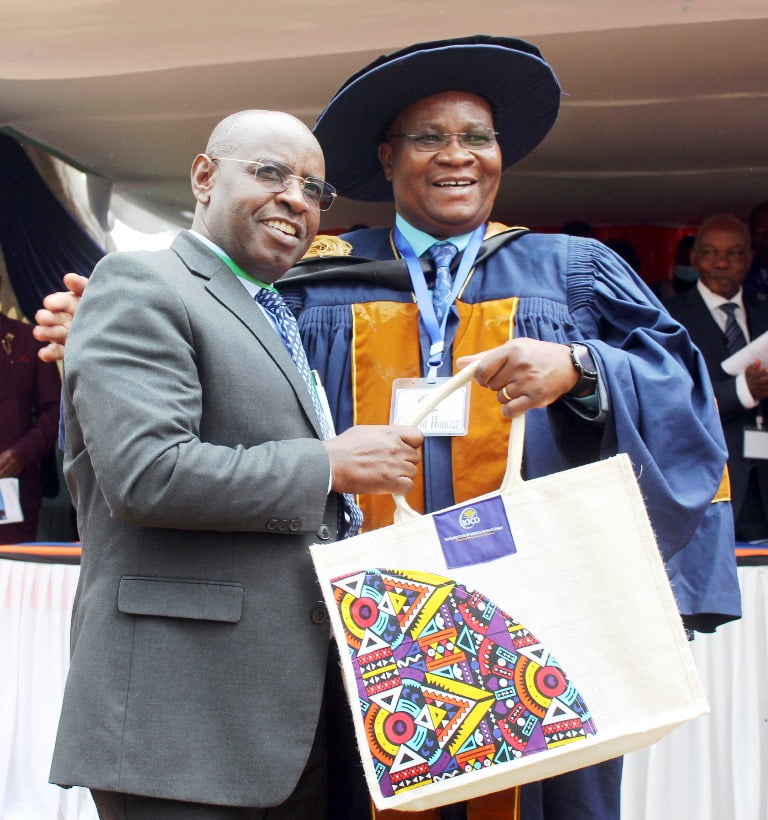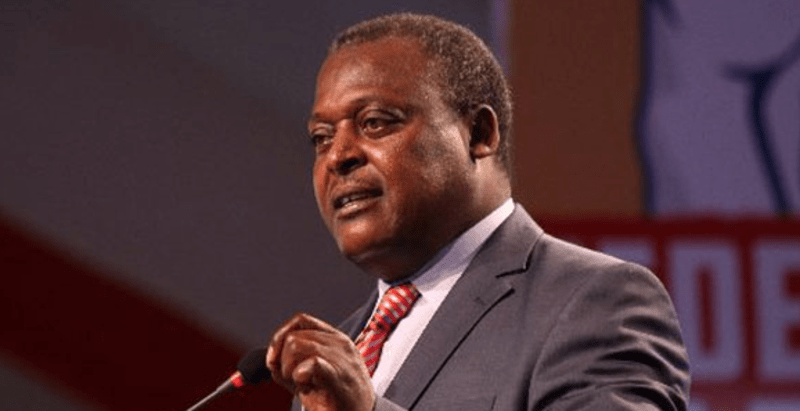By Asa Maina
The Kenya Institute of Curriculum Development (KICD) CEO Prof Charles Ochieng’ has defended the new Competency-Based Curriculum (CBC), saying it is one of the best the country has ever had.
Ochieng’ said the government was reforming the curriculum so that learners at different levels can demonstrate what they know, accompanying it with the values underpinning that competency.
One of the reasons the curriculum is being reformed, he said, was that for a number of years, the country partook curricula that were not thoroughly conceptualized.
He was speaking at Kamwenja Teachers Training College in Nyeri during the institution’s 93th graduation ceremony, which is the last for P1 teacher trainees.
He, however, assured students who have done 8:4:4 that the government was not demonizing them, saying the system still had its own cutting edge that qualifies them to pursue their life goals.
He said CBC gave Kenyans a chance, for the first time, to think about that which they want in relation to the national goals of education and the future the country envisions for its children.
“This is the first time that we have developed a curriculum that has followed the nine steps of curriculum development that have been tried, tested and accepted all over the world,” he said.
Development of CBC started with a need assessment after former president Mwai Kibaki formed a task-force to align the Kenyan education system with the 2010 Constitution.
The task-force report, he said, decried the system of having children in primary school for eight years. Kenya is the only country in the world that keeps children in primary school for that long.
In CBC, the role of a two-year pre-primary education is to have children get interactive skills after leaving home.
In primary school, they go through the socialization stage where, as they grow from age six to eleven, they get literacy, numeracy and social skills to enable them operate, communicate, collaborate and think critically.
Children at grade seven and eight will not be doing primary school curriculum.
It will be the early secondary school level where learners will be given a whole range of learning areas, during which they may identify areas they can pursue professionally at the upper level, depending on their potential.
“That is the main problem we have with 8:4:4; the secondary school learner today doesn’t have much of a choice,” he said.
He continued: “You have just left primary school where you have been socialized, you come to secondary school and you have five subjects which are compulsory and if you don’t get a C+ (Plus) in one of them, you have very little chance of even becoming a teacher.”
The compulsory subjects include Mathematics, English, Kiswahili and two science subjects. In many schools, students have to take a third science.
“So there is little flexibility and we don’t have much time even for people to think what they want to do,” he added, saying it was one reason it was suggested that junior secondary be introduced where children can be exposed to a wide range of curricula to choose from.
The curriculum was reformed through three main strategies; research, which involved need assessment, stakeholders’ engagement and international benchmarking.
Ochieng’ said all the progressive countries in the world use the CBC.
He said KICD is composed of experienced stakeholders and that the curriculum is developed by experienced teachers before going through other experts. He dismissed critics who insist the curriculum cannot be implemented by teachers.
“Those doubting if the curriculum is implementable by teachers have not read the basic education curriculum framework, design and handbook,” he said.
The professor urged graduands to familiarize themselves with critical documents in the profession, beginning with thorough understanding of the curriculum design, formerly known as syllabus.






